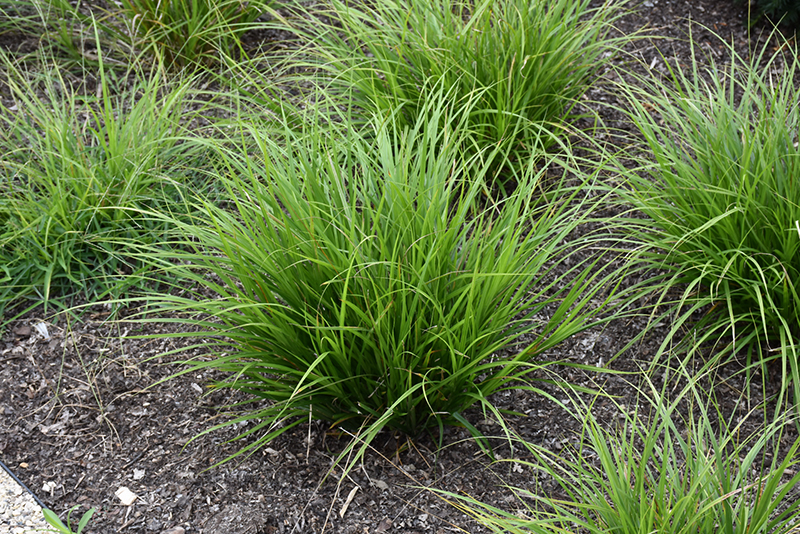Plant Search
Height: 4 feet
Spread: 3 feet
Sunlight:
![]()
![]()
![]()
Hardiness Zone: 3a
Other Names: Spreading Oval Sedge
Description:
A low maintenance selection that features beautiful arching green foliage; slow spreading, mounded habit; an excellent addition to shady areas of borders or rock gardens; perfect for edging around ponds and streams
Ornamental Features
Greater Straw Sedge is primarily valued in the landscape or garden for its interestingly mounded form. It has masses of beautiful spikes of chartreuse flowers rising above the foliage from mid spring to early summer, which are most effective when planted in groupings. Its attractive grassy leaves remain green in color throughout the season.
Landscape Attributes
Greater Straw Sedge is a dense herbaceous perennial grass with a mounded form. It brings an extremely fine and delicate texture to the garden composition and should be used to full effect.
This is a relatively low maintenance plant, and is best cleaned up in early spring before it resumes active growth for the season. Deer don't particularly care for this plant and will usually leave it alone in favor of tastier treats. It has no significant negative characteristics.
Greater Straw Sedge is recommended for the following landscape applications;
- Mass Planting
- Border Edging
- General Garden Use
- Groundcover
- Naturalizing And Woodland Gardens
Planting & Growing
Greater Straw Sedge will grow to be about 3 feet tall at maturity, with a spread of 3 feet. Its foliage tends to remain dense right to the ground, not requiring facer plants in front. It grows at a slow rate, and under ideal conditions can be expected to live for approximately 10 years. As an herbaceous perennial, this plant will usually die back to the crown each winter, and will regrow from the base each spring. Be careful not to disturb the crown in late winter when it may not be readily seen!
This plant performs well in both full sun and full shade. It is quite adaptable, prefering to grow in average to wet conditions, and will even tolerate some standing water. This plant should not require much in the way of fertilizing once established, although it may appreciate a shot of general-purpose fertilizer from time to time early in the growing season. It is not particular as to soil type or pH. It is somewhat tolerant of urban pollution. Consider applying a thick mulch around the root zone in both summer and winter to conserve soil moisture and protect it in exposed locations or colder microclimates. This species is native to parts of North America. It can be propagated by division.
A NetPS Plant Finder tool


